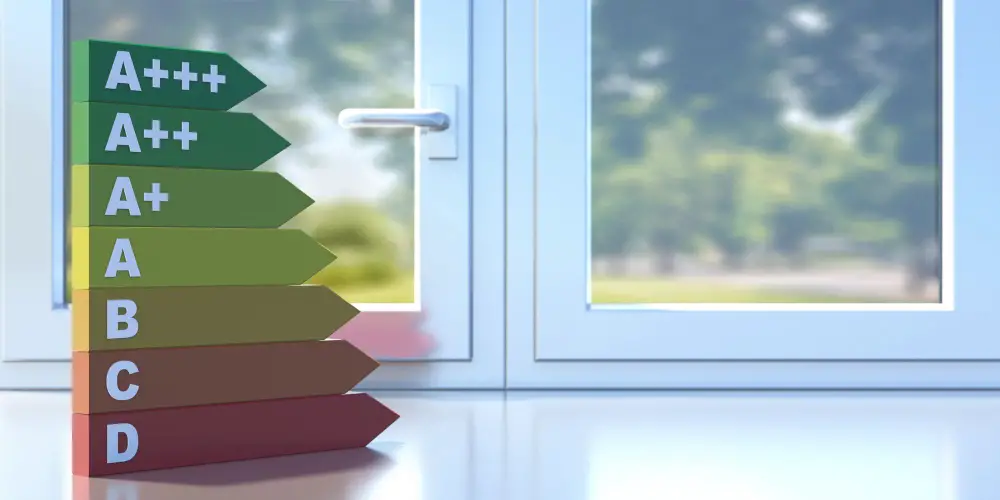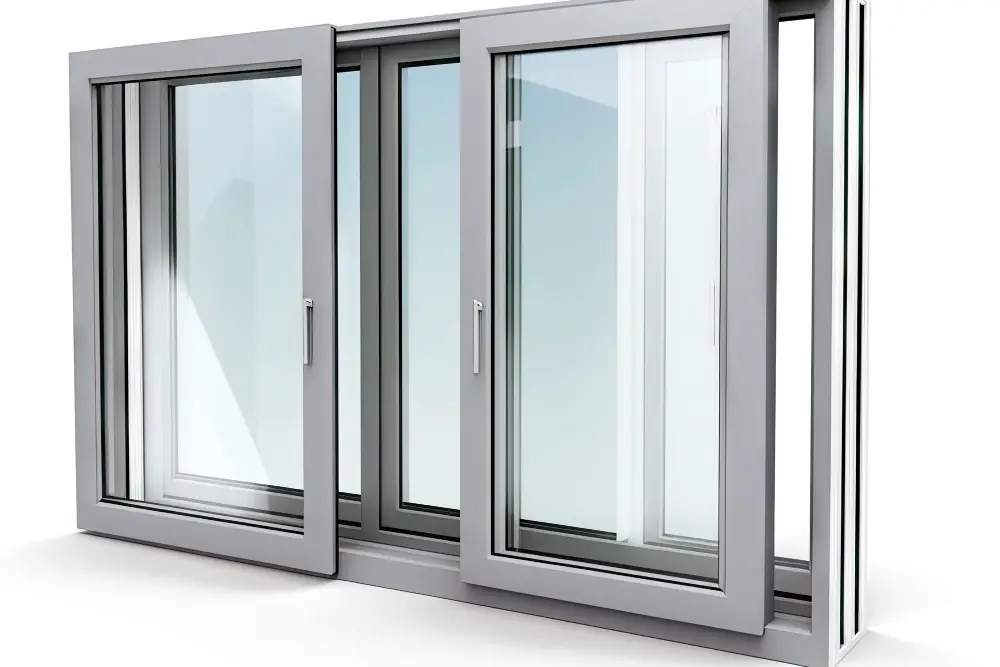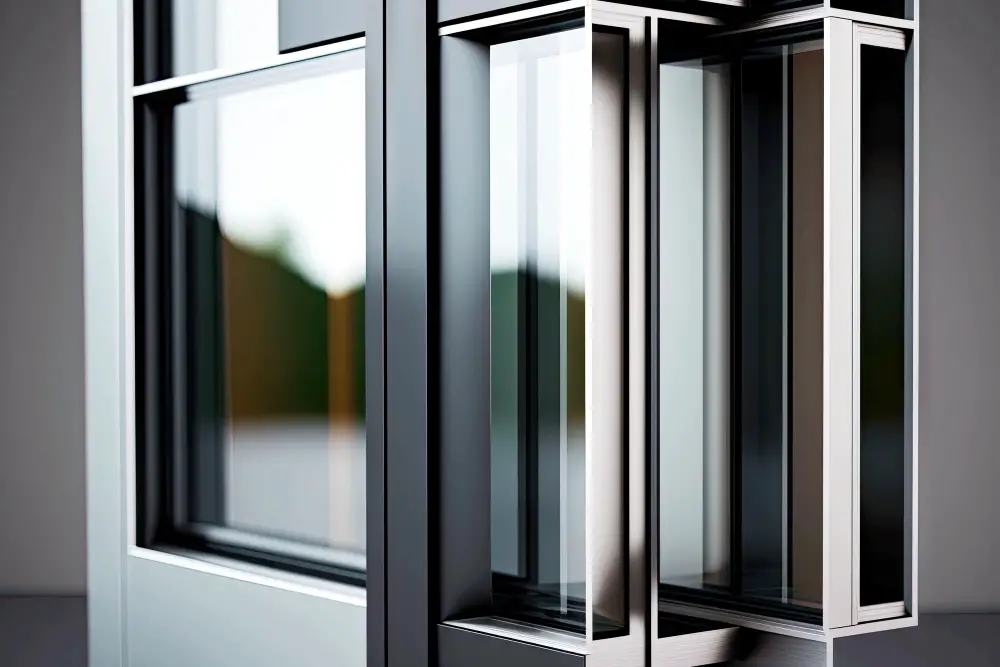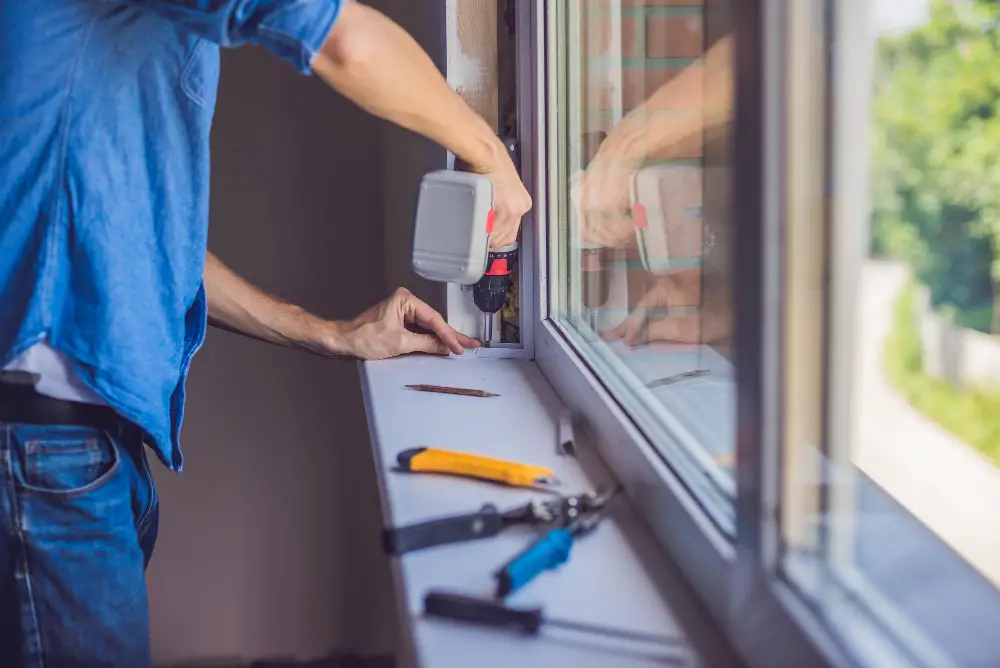Explore the world of window energy efficiency as we delve into insightful statistics that could revolutionize your understanding and approach to sustainable living.
With the rise of environmental consciousness, energy-efficient windows have become a focal point in the doors and windows industry. Key statistics reveal that energy-efficient windows can reduce heat loss by 30-50%, significantly lowering energy bills.
This article delves into the nitty-gritty of window energy efficiency statistics, providing comprehensive data about the impact of various window types on energy conservation. From double-glazed windows to low-E coatings, we’ll explore how these innovations contribute to energy savings.

So, if you’re interested in understanding how energy-efficient windows can benefit your home and the environment, keep reading for a detailed analysis.
Windows are responsible for 8.6% of energy use in buildings
Surprisingly, the energy usage of a building is significantly impacted by its windows, which account for a substantial 8.6%. This is due to heating or cooling loss through the window’s surface and around its edges. A poorly installed or poorly insulated window can substantially increase a building’s power consumption. Therefore, a strong focus on energy-efficient windows is critical to bring down overall energy consumption in our homes and offices, thus mitigating the severe impact on the environment and the economy.
Window energy efficiency market size was valued at $10.60B in 2021
Diving straight into the numbers, the valuation of the window energy efficiency market in 2021 stood at a staggering $10.60 billion. This impressive figure signifies the growing importance of energy efficiency in residential and commercial sectors, as well as an increased special focus on the environment.
The emphasis on reducing energy wastage and enhancing energy conservation has propelled the demand for efficient systems, leading to the robust valuation of the market. This growth not only highlights the monetary potential of the industry but serves as a testament to the growing awareness and adoption of energy-efficient measures.
Window energy efficiency is projected to grow from $11.46B in 2022 to 21.38B by 2030
Staggering growth is anticipated in the window energy efficiency market over the coming years. Current projections indicate that the market value will escalate substantially from $11.46 billion in 2022 to a jaw-dropping $21.38 billion by 2030. This figure encapsulates an upward trend in homeowners’ pursuit to reduce energy costs and environmental conservationists striving for lower carbon footprints.
The adoption of energy-efficient windows thus underscores a flourishing market trend that combines financial prudence with eco-conscious living.
Window energy efficiency compound annual growth rate CAGR of 8.10 in 2022-2030
The robust growth in the window energy efficiency market is anticipated to display a compound annual growth rate (CAGR) of 8.10% from the years 2022 to 2030. This trend underscores a rapid expansion, signaling an escalating interest and investment in energy-saving solutions among homeowners and businesses alike. It’s an evident response to the rising demand for reducing energy consumption and the carbon footprint of buildings, propelled by increasing awareness of climate change.
The development and utilization of more advanced, energy-efficient window technologies play a crucial role in this commendable growth.
Single-pane windows save an average of 1,006-6,205 pounds of CO2
While seemingly simple, the impact of single-pane windows on CO2 reduction is substantial. Through their lifecycle, these units contribute to mitigating climate change by saving an estimated 1,006 to 6,205 pounds of carbon dioxide emissions. This range depends largely on factors such as specific geographical locations and the energy consumption behaviors of the household.
Therefore, single-pane windows not only contribute to energy efficiency, but also play a significant role in reducing environmental footprint. This data underscores the importance of considering environmental implications when making window selections.
Energy Star-certified windows can lower household energy bills by an average of 12%
The Energy Star certification indicates a high degree of energy efficiency in a product. This trusted label, bestowed only upon top-performing, energy-saving windows, has a clear impact on household energy expenditure.
When these windows are installed, homeowners can anticipate a drop in their energy bills. Essentially, maintaining a comfortable indoor temperature becomes less financially challenging, with expenses decreasing on average by a significant 12%.
This data provides motivating evidence for the wise investment in Energy Star-certified windows. They ultimately contribute towards meaningful cost savings in the long run and prompt a notable reduction in residential energy consumption.
Triple-pane, Krypton-filled units are the most energy-efficient glass windows
These superior units come with three layers of glass, offering an extra barrier against heat transfer compared to double-pane windows. Filled with krypton gas, a denser material than the commonly used argon, they significantly minimize heat conduction. Consequently, they outperform other variants in terms of conserving energy inside homes and buildings.
Users of these windows benefit from reduced energy costs and enhanced indoor comfort, especially in regions with extreme weather conditions. Furthermore, their environmental impact is lower, as they contribute to decreasing carbon footprint by optimising energy use. Despite a higher upfront cost, these units offer long-term savings, thus justifying the initial investment.
Casement windows provide 100% ventilation of the opening
Due to their unique design, casement windows open completely, unlike other window types. This construction allows for maximum airflow and promotes excellent ventilation, utilizing 100% of the opening.
The benefit extends not only to indoor air quality by allowing fresh air to circulate freely but also in natural cooling of the space, thus reducing the reliance on air conditioning units and promoting energy efficiency.
Casement windows, despite offering top-notch ventilation, maintain their energy efficiency by fitting tightly into their frame when closed, preventing air leaks. This dual functionality significantly contributes to energy optimization within one’s home.
Average homes lose 30% of AC energy through its windows
In every household, a significant percentage of air conditioning energy finds its escape route through windows – a whopping 30%. This implies the loss of nearly a third of your energy, escalating electricity bills, and reducing the overall efficiency of your cooling system.
This striking statistic underscores the pressing need for energy-efficient windows. It’s important to note that these windows are strategically designed to minimize energy leakage, benefitting both the environment and your pocket. Enhanced window insulation significantly curtails the migration of the conditioned air outdoors, thereby reducing AC consumption and contributing to significant energy conservation.
Undeniably, investing in energy-efficient windows is a wise, long-term decision that results in accrued savings and sustainable living.
Homeowners save up to $583 per year with energy-efficient windows
Investing in energy-efficient windows presents long-term savings for homeowners. These windows significantly reduce heat loss during winter and minimize heat gain during summer.
This results in less reliance on heating, ventilation, and cooling (HVAC) systems which translates into substantial energy savings. Annually, these reductions tally up to roughly $583 for the average homeowner, a considerable amount when amortized over the lifespan of the windows.
These savings underscore the monetary advantage of choosing energy-efficient windows, validating it as a prudent financial decision.
- https://www.energy.gov/
- https://www.ecowatch.com/
- https://www.marketresearchfuture.com/
- https://bennettcontracting.com/
- https://www.forbes.com/
- https://todayshomeowner.com/




